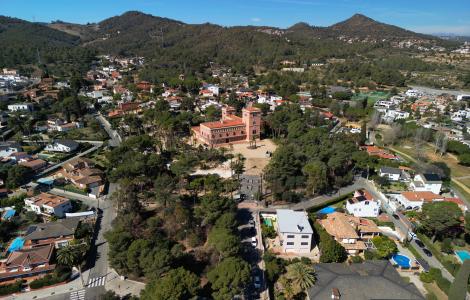Urbanization and biodiversity
Of all of the environmental changes provoked by humans, urbanization is one of the greatest threats to biodiversity. The process of urbanization produces an inversion of landscape patterns which become dominated by anthropic habitats. This entails a reduction and fragmentation of natural habitats, and the emergence of strong barrier effects that hinder or even prevent the movement of organisms and ecological connectivity. In addition, food sources become more artificial, disturbances increase, and different types of pollution including chemical, light and sound become more frequent.
These changes have important implications for natural communities, the most prominent of which are the reduction of the phylogenetic and functional diversity, the creation of more homogeneous communities dominated by a few anthrpophilic species, and the proliferation of invasive species. Despite the serious nature of these impacts, the consequences of urbanisation for organisms and natural systems are poorly understood. Considering that urban land use is expected to increase by 1.2 million km2 during the first third of this century, understanding the impact of the urbanization process on biodiversity is one of the main priorities for preserving the functioning of natural systems and the services they provide, keeping in mind that human wellbeing also depends on these.
The main lines of work and experience of CREAF in this field include:
- Analysis of the causes of biodiversity loss: Although most species do not seem to tolerate the environmental changes associated with urbanization, some seem to perceive these changes as ecological opportunities. We study what makes some species more tolerant than others in order to anticipate how urbanization will reduce the phylogenetic and functional diversity of ecosystems.
- Analysis of changes in the patterns of community construction: Urbanization implies substantial changes in the composition of communities of organisms, with a progressive extinction of specialists and a proliferation of generalists. Proximity to urban areas also leads to an increased risk of invasion by exotic species due their abundance and frequent disturbances which favor their establishment in natural habitats. We study how the taxonomic, functional and phylogenetic diversity of natural communities is altered by extinctions and colonizations associated with urbanization.



